
Today hacking is a very popular thing in our virtual environment. Basically, hacking are of two types – Ethical and Unethical. Ethical hacking involves founding security flaws in software, servers, etc. whereas unethical hack is one that is done without the target of the hack being aware of it. It’s often done to break into an account, network, system, to steal sensitive information or money.
Phishing is one of the popular unethical hacking techniques used by hackers. Phishing is a type of hacking in which an attacker sends a link/email to the victim. The link/email looks legitimate to the recipient, making them believe that the link or email is something they want or need. Phishing email often resembles itself as a request from a bank, a note from someone in their company asking for monetary help, etc.
Protect Yourself From Phishing Hacking Attacks
So, in this article, we have decided to share some of the best methods to protect yourself from Phishing hacking attempts. The ultimate goal of this article is to make our readers aware of various hacking attempts, and this time it’s – Phishing Attack.
1. HTTPS
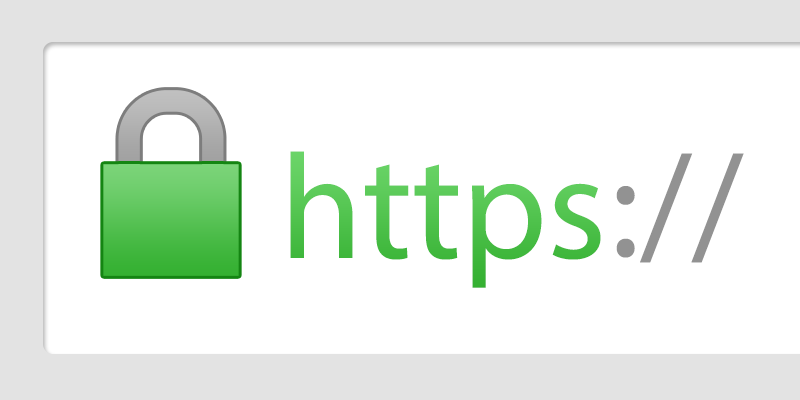
If you want to dodge phishing attacks then you must remember to enter the username and password only when the connection is secured. If you see the “https” prefix before the site URL.
2. Identify Phishing Emails
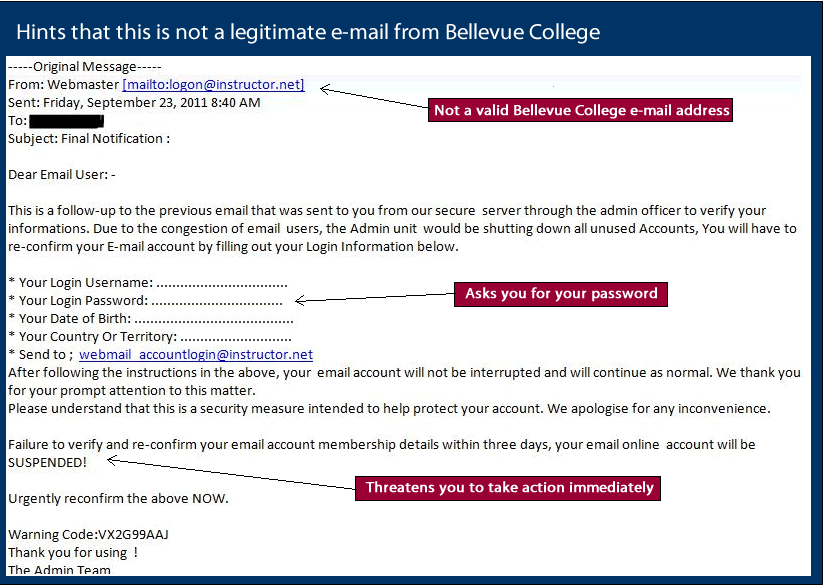
Phishing emails are the most common way for this hack. So, you should identify the below points for this.
- Copy the name of a company or an actual employee of the company.
- Include sites that are visually similar to a real business.
- Promote gifts or the loss of an existing account.
3. Check for type errors
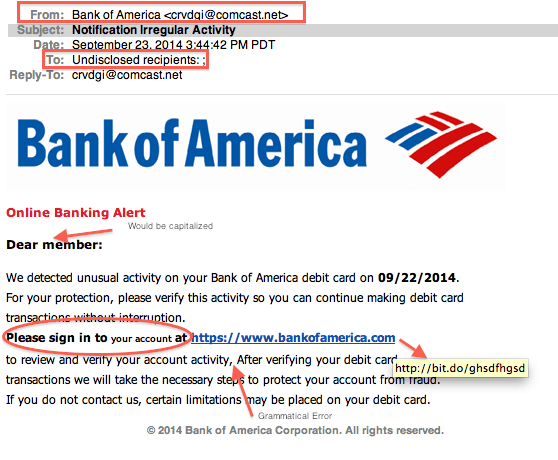
Well, if it looks wrong, then it’s probably fake. Typos can be a sign that an email is dodgy. Therefore, before making any final decision, make sure to notice the typos. Generally, Phishing campaigns leave traces behind type errors. Check the all-capitals in the email’s subject and a few too many exclamation marks.
4. Beware of threats and urgency
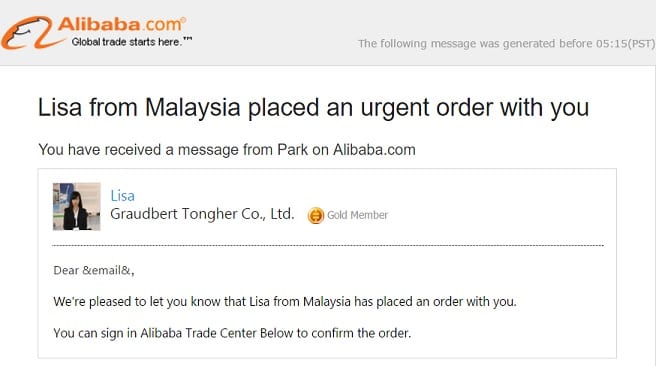
Sometimes reputable companies do need to do something urgently like a few months ago eBay was forced to ask its customers to change their passwords quickly after facing a cyber attack. However, threats and urgency are usually a sign of phishing. Generally, Phishing campaigns often force users to do something to prevent their accounts from being shut down. This is where you need to look for.
5. Share your Personal Details Only Via Phone Or Trusted Websites

Don’t share your personal information with others via some untrusted sites or mode of communication as these networks can be hacked or get bought by hackers and you’re all sensitive data will get leaked to others.
6. Use Antiviruses With Internet Security
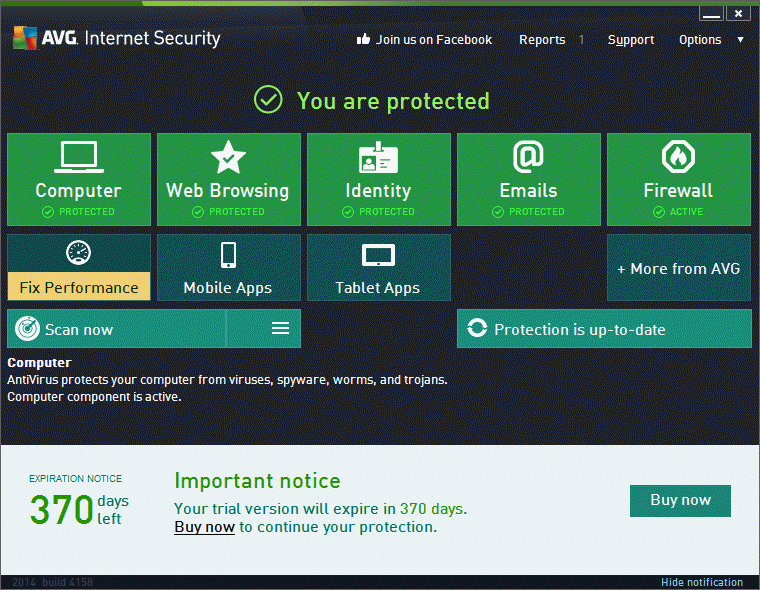
There are many antiviruses that scans your computer, but don’t protect you against network threats. So, it’s better to use an antivirus that protects you both in your system and while browsing on the internet.
7. Avoid The Unknown Links
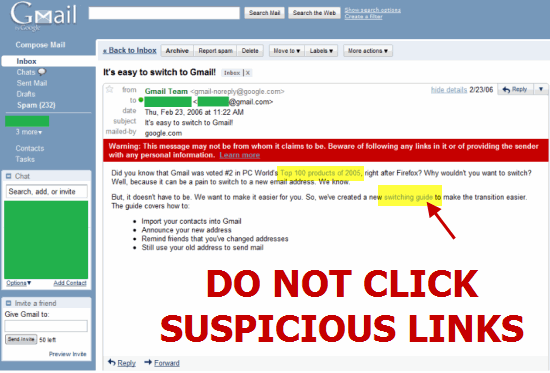
Today there are many attackers that will send you a phishing link that will be just for the phishing attack and you get hacked via an opening that links on your device. So better is to make sure that link belongs to some trusted site.
8. Look for Clones
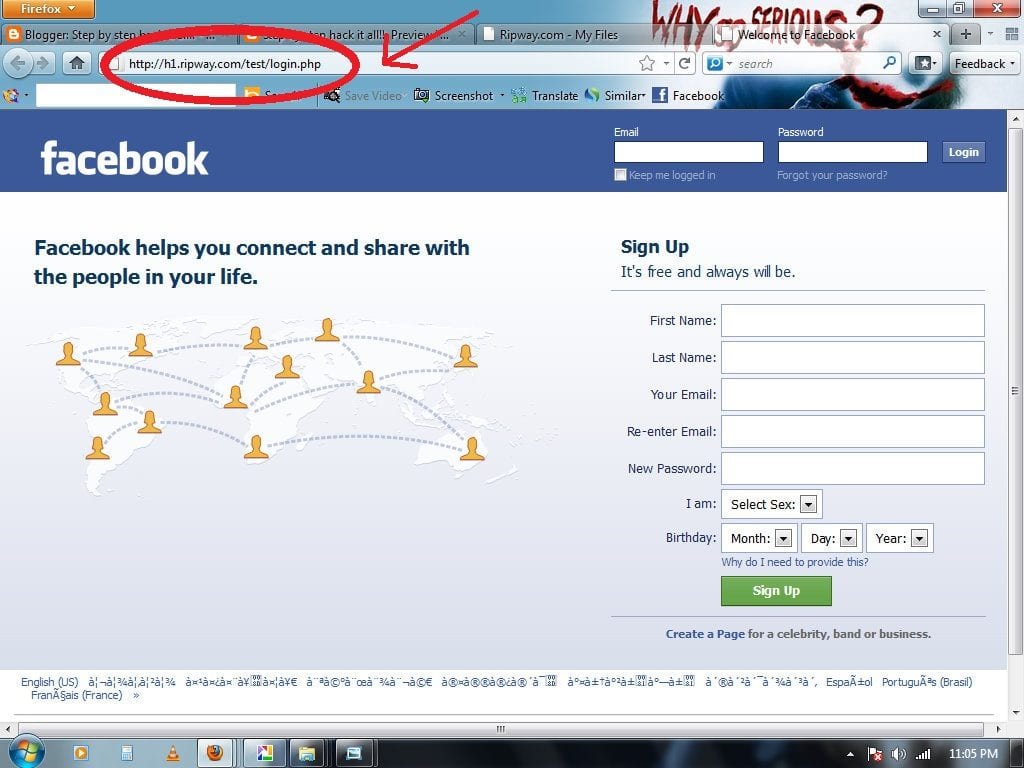
Creating clones for each website is very easy. So, sometimes the link you’ve clicked might be a trick from fraudsters to hack your account. So, have a brief look at the URL before giving up your username and password.
9. Check Your Spam Settings
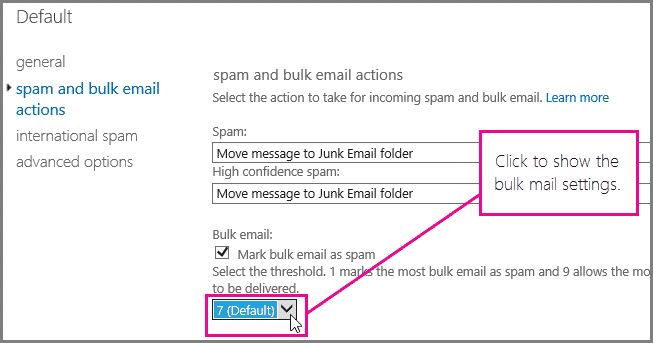
Well, some of the email providers allow users to update the Spam Settings. Usually, popular email services like Gmail automatically recognizes Spam emails and sends them to the Spam folder. However, not every email service provider is as smart as Gmail and you need to check the spam settings. Some of the popular email service providers allow users to select the level of spam detection.
10. Check the App Permissions
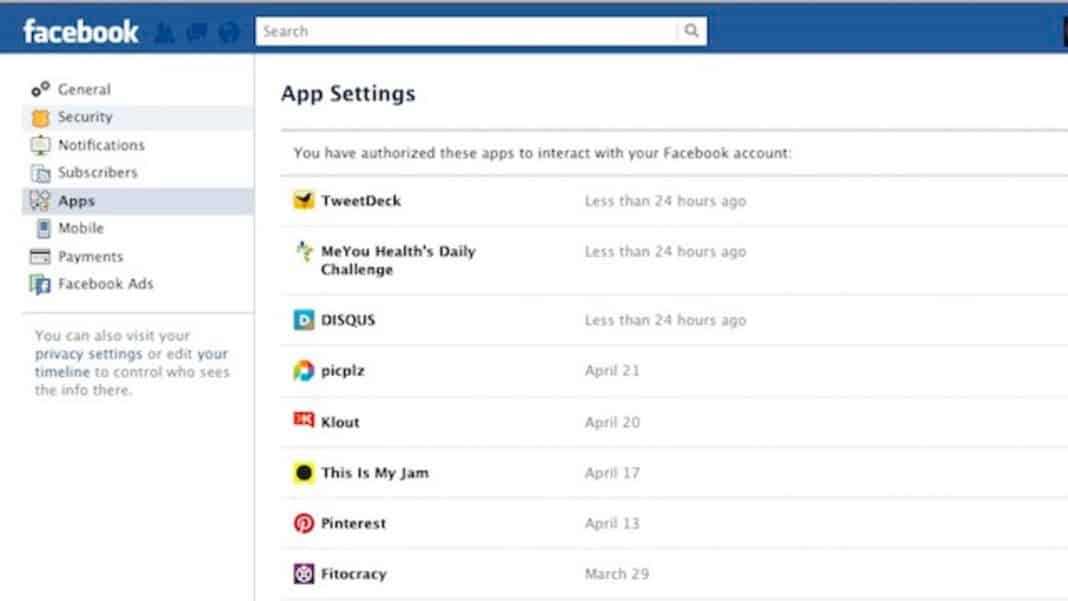
Well, now that we all are connected to social networking sites like Facebook, Twitter, Instagram, etc. It becomes important to regularly check the app permissions. Facebook apps can be useful and fun, but they also have permission to manage your data. Therefore, make sure to revoke Facebook app permissions if you have stopped using it.
11. Don’t log in with Services while using Public Wi-Fi

Public wifi networks in cafes or on the streets are the open invitation for the fraudster to spoof websites during the connection and thereby redirect you to a fake page. It’s better to use a mobile connection.
12. Download Softwares from Trusted Sources

Well, Phishing attacks are mostly seen on computers, but that doesn’t make smartphone users safe. Hackers will try their level best to get your sensitive details. There are a few sites that ask users to sign up and enter the credit/debit card details before downloading software. As long as you are downloading apps from trusted sources, you are on the safe side, but entering sensitive information on non-trusted sources is merely an open invitation to the hackers to get a hold on your data. So, make sure to download software and Android apps from trusted sources to reduce the risk of phishing attacks.
13. Check The Reviews

Well, checking the user reviews before entering sensitive details like banking details, etc. is another best thing which you can do to avoid a phishing attack. User reviews are always the best option to know about any particular website or software. So, read out the reviews or comments, and we are pretty sure that you will get some definitive clues. If you find that lots of users are complaining about hacking attempts or phishing attacks, then it’s better to leave that service or app.
14. Familiarize yourself with Website’s Privacy Policy
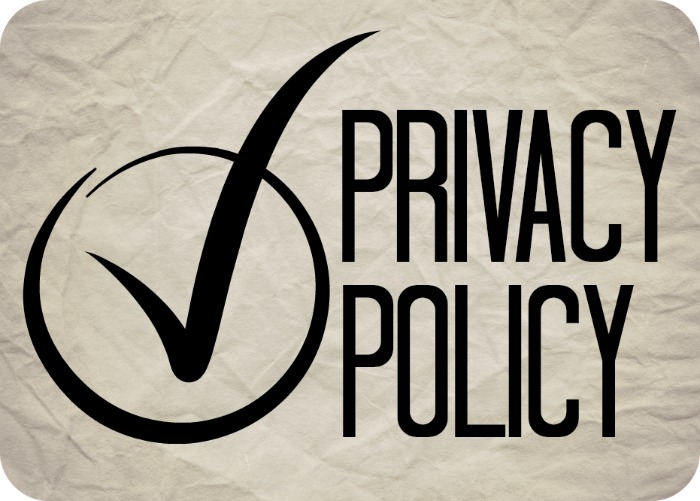
The majority of commercial websites have a privacy policy which is usually accessible in the footer or header of the webpage. You need to look for whether the website sells the mailing list? Most users receive spam in their inbox because those websites sell email list with other company. Some, company can misuse the mail list to send potentially dangerous phishing emails.
15. Don’t Login Into Any Site Opened Through some Unknown Links

As we already told that phishing page will be exactly similar to the official page of that site and you will never judge that so better is to stay away from such links and never log in with your personal details there if you find such page.
16. Change Your Accounts Passwords Periodically

Set up a fixed period of time and change your all accounts password after that period of time that will help you a lot as if someone has your old password then you will make sure that you are secure from that person as you had already changed that password.
17. Scan The Unknown Link On Google

If you want to check out any link that it is of phishing or not then simply copy the link and paste it on google search, if you found the official page of a trusted site then the link is genuine otherwise better is to stay away from that link.
So, this article is all about How To Protect Yourself From Phishing Attacks. I hope this article helped you! Share it with your friends also.
The post How To Protect Yourself From Phishing Hacking Attacks appeared first on Tech Viral.
from Tech Viral https://ift.tt/31ijiWW
No comments:
Post a Comment